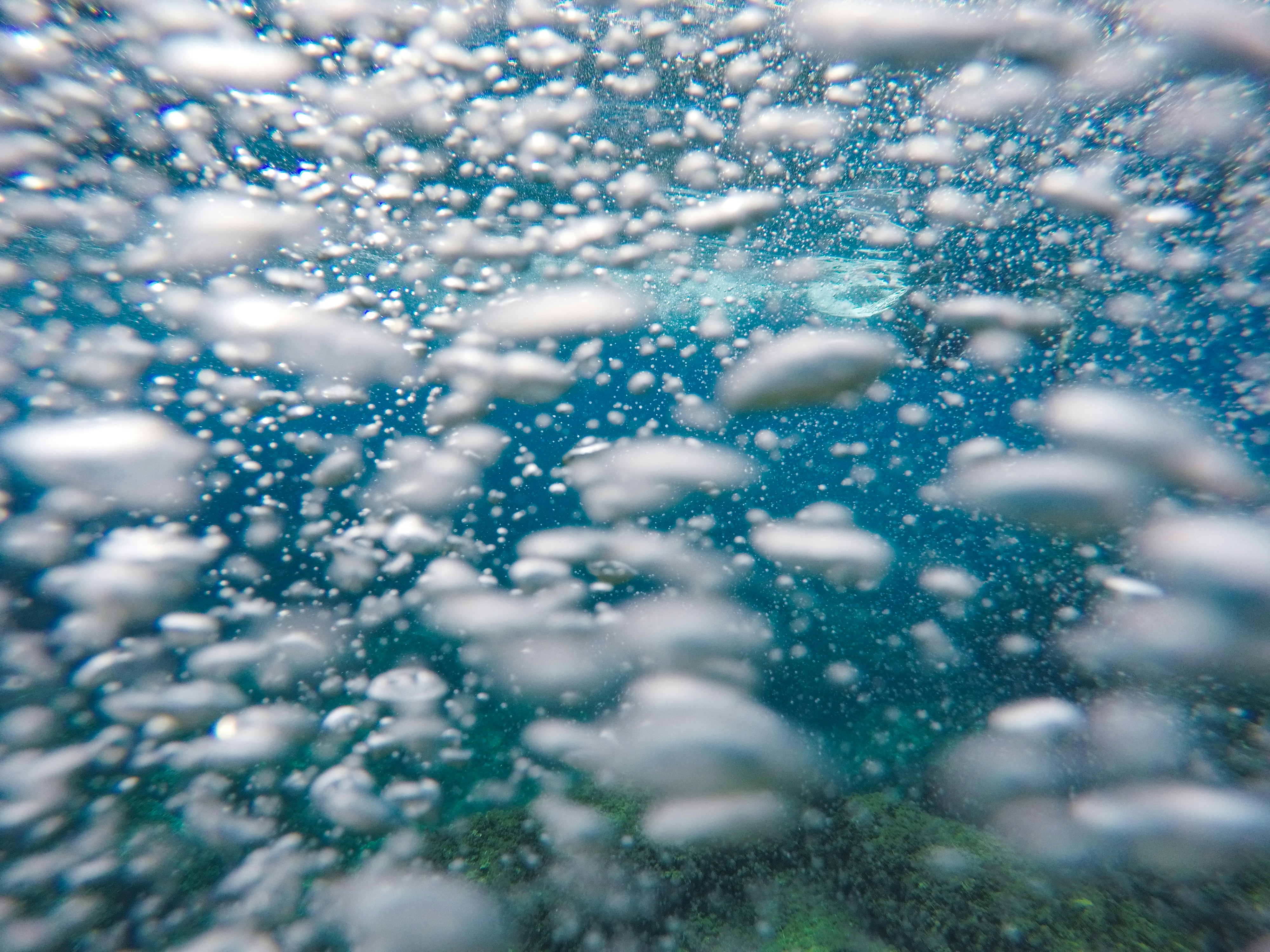Media release
From:
1. Geoscience: Deep-sea mining target produces ‘dark oxygen’
Rare-earth metal-bearing nodules on the dark, deep seafloor can create oxygen—called ‘dark oxygen’—according to a paper published in Nature Geoscience. This finding suggests these nodules could influence deep-seafloor ecology.
Polymetallic nodules are common on the sediment-covered abyssal plains of oceans worldwide. They are primarily composed of oxides of iron and manganese, but also contain metals such as cobalt and rare-earth elements that are essential components of many advanced and low-carbon energy technologies. They are therefore a target for deep-sea mining; however, the potential environmental effects of doing so are not well understood.
Andrew Sweetman and colleagues conducted experiments using chambers placed on the seafloor at depths of about 4,200 metres to measure the oxygen concentration at multiple locations over 4,000 kilometres apart across the Clarion–Clipperton Zone in the central Pacific Ocean, where polymetallic nodules are found. Almost all these experiments showed the oxygen concentration steadily increasing over two days. The authors conducted follow-up laboratory analysis and propose that the polymetallic nodules are the source of the detected oxygen emissions. Based upon numerical simulations, Sweetman and colleagues hypothesise that the cause of oxygen generation is the electrical properties of the nodules.
While the authors note that it is difficult to estimate how much oxygen polymetallic nodules produce on a broader scale, they suggest that this oxygen source could support deep-seafloor ecosystems, which could be impacted if these nodules were to be mined.



 International
International



